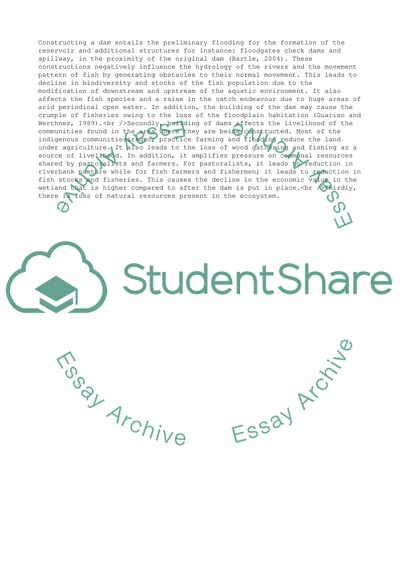Cite this document
(“Non-Employment Conflict Management Essay Example | Topics and Well Written Essays - 2500 words”, n.d.)
Retrieved from https://studentshare.org/management/1587327-non-employment-conflict-management
Retrieved from https://studentshare.org/management/1587327-non-employment-conflict-management
(Non-Employment Conflict Management Essay Example | Topics and Well Written Essays - 2500 Words)
https://studentshare.org/management/1587327-non-employment-conflict-management.
https://studentshare.org/management/1587327-non-employment-conflict-management.
“Non-Employment Conflict Management Essay Example | Topics and Well Written Essays - 2500 Words”, n.d. https://studentshare.org/management/1587327-non-employment-conflict-management.


